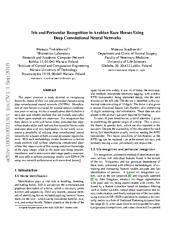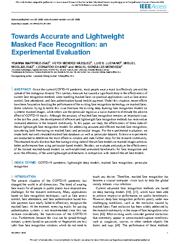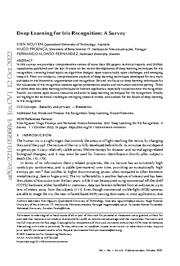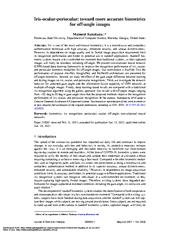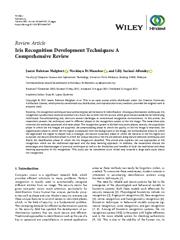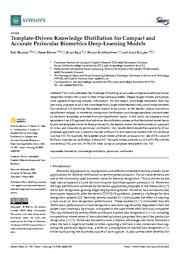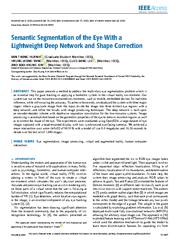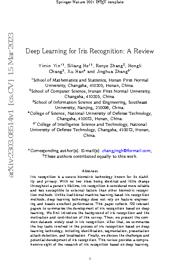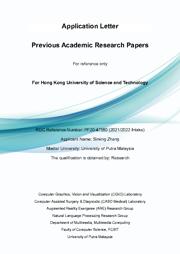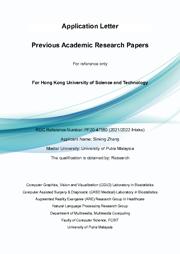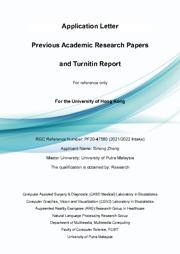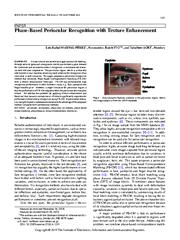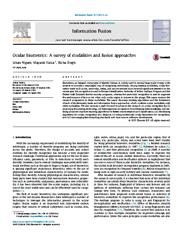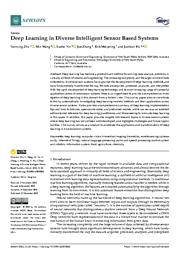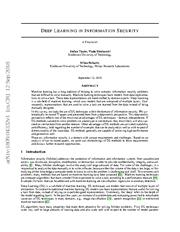Towards Accurate and Lightweight Masked Face Recognition: an Experimental Evaluation
Yoanna Martinez-Diaz, Heydi Mendez-Vazquez, Luis S. Luevano, Miguel Nicolas-Diaz, Leonardo Chang, Miguel Gonzalez-Mendoza
2021
IEEE Access
The semantics-assisted convolutional neural networks (SCNN) [44] was one of the first proposals that use deep learning-based representation for periocular images. ...
With the emergence of deep learning approach, the focus of the researchers has been moved to learn robust representations by deep Convolutional Neural Networks (CNNs) for periocular recognition, achieving ...
Moreover, although masked-based models allow us to obtain higher recognition performance than periocular-based models, we think that combining both approaches could improve the performance of current masked ...
doi:10.1109/access.2021.3135255
fatcat:4my36yltffdbzaf7u46ghmnw2q

